Affordability will be Tesla’s biggest entry barrier in India
Tesla is poised to enter the Indian market by 2021. It has registered a subsidiary in Bengaluru under the name Tesla India Motors and Energy Pvt Ltd. The company is expected to enter the Indian market with its Model 3 product, which will be sold as a Completely Built Unit (CBU) estimated to be priced at Rs 60 lakh. The Model 3 is the most affordable and bestselling product of the brand, but has acquired a hefty price tag due to high tariffs. The company intends to set up manufacturing in India that will bring down the costs of their electric vehicles (EVs) by a considerable margin.
Government policy initiative enabling EV infrastructure will play a crucial role in the adoption of EV automakers like Tesla. Union Minister Nitin Gadkari has expressed a commitment to green fuel and EVs with an intention to cut down spends of Rs 8 lakh crore on crude oil imports. The Government has set a target for penetration of EVs – 30% for private cars, 70% for commercial vehicles, 40% for buses and 80% for two- and three-wheelers by 2030. Their ambition is to set up at least one e-charging kiosk at 69,000 petrol pumping stations across the country.
According to a consumer study conducted by Castrol lubricants in 2020, most consumers in India would consider buying an EV by 2022, but it will not be until 2025 that a majority of new vehicles purchased are electric. The study suggests for mainstream EV adoption, consumers are looking for a price point of Rs 23 lakh, charge time of 35 minutes and a range of 401 km from a single charge.
“EV purchases usually fall on the higher side of the spectrum, the reason being the high cost of the battery. The highest selling cars are both in and around Rs 20 lakh today,” explains Gaurav Mehta, CMO, Cardekho.
Mehta has observed around 160-170 EVs being sold in recent months, where majority purchases were for two-wheelers.
The Tesla Model 3 is available in three variants. The basic version has a range of 350 km in a single charge. The top end variant has a range of up to 500 km. It is unlikely that the price point will be attractive to many customers until Tesla begins manufacturing in India.
He adds, “I don’t think Tesla is going to compete only in the EV category; it is going to cater to the premium/ luxury segment buyers, which already have a sizeable buyer base. The near future uptake is going to be in the metros with good public and private charging infrastructure. When Apple launched their watch, they didn’t want to cater to only the smart watch category and their product development and go-to market was targeted at luxury watch buyers. Tesla is also not going to look only at the EV category buyers, but also the premium and luxury buyers.”
Interestingly, a survey conducted by CarWale states that 53% consumers are willing to pay a premium over a conventional car to buy an EV, considering that it has a higher running that offsets the initial purchase cost by lower running monthly cost.
According to Banwari Lal Sharma, CEO, CarWale and BikeWale, “Consumers will gradually opt for an EV because it is environment friendly, has better performance and is structured on advanced technology. With eco-consciousness emerging as a trend among Indians, the urge to contribute to environmental well-being and beat rising fuel prices will continue to drive EV adoption.”
Policy initiatives to incentivise adoption of EVs have been successful. In countries like Norway, full electric vehicles made up 54% of new cars sold in 2020. Norway’s policy initiatives include access to free charging, free parking, tax deductions and exemption from payment of toll fee. On the business side, manufacturers of EVs like Tesla are exempt from sales tax for the purchase of their products. The country’s ambition is to completely phase out vehicles using internal combustion engines by 2025.
India has cut goods and services tax on EVs to 5% from 12% effective on August 2019, which is much lower than levies of 28% on other motor vehicles. In 2015, it launched a Faster Adoption and Manufacturing of Hybrid and EV (FAME) plan with a $9 billion commitment to subsidise EV purchases. However, these subsidies are only applicable to EV purchases of up to ~Rs 15 lakh. 75% of India’s vehicle purchases happen at around $10,000 (~ Rs 700,000). Tesla’s most affordable product is not qualified for subsidies as it caters 1% of the market.
Tesla’s brand recall is strong, however, it has a small addressable market with its current product offering. “Even in the foreign markets, Tesla is not a mass brand,” remarks CarDekho’s Mehta. Adding further, he says, “There will be questions around the maintenance, regular running information that will be asked initially. But I see Tesla being prepared to answer these questions. If they join hands with a local Auto OEM, then they will be covering a lot of bases from get go.”
A recently released KPMG and CII report has estimated a spike in demand for EVs in the personal mobility segment by 10-15% by 2030. “Tesla’s foray into the Indian market will further expedite the EV landscape in India,” opines CarWale’s Sharma. “It will play within the luxury segment, gaining market share among power players and affluent buyers with a desire to own the most successful electric car in the world. Currently, most of the EV buyers in the passenger vehicles category are trend-setters and early adopters from metro cities.”
“As more players enter the EV ecosystem in India, reliable and better infrastructure has to be created to match this growth,” points out Gajendra Jangid, Co-Founder & CMO, CARS24. “Additionally, the need to incentivise the potential buyers to switch to EV technology becomes of prime importance, keeping in mind the current price difference between EVs and conventional fuel vehicles. However, we foresee a long term positive impact that it will have on the environment, leading India to become a sustainable economy,” he concludes.










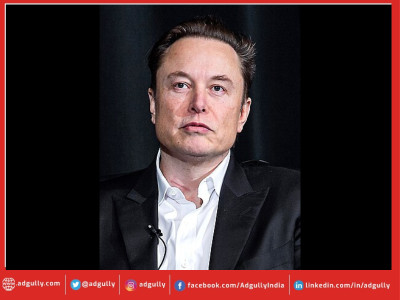
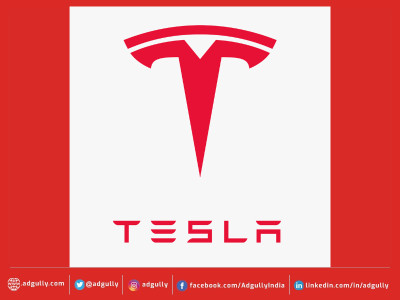
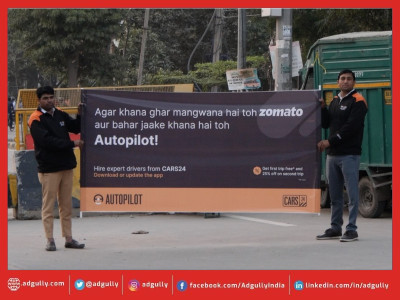
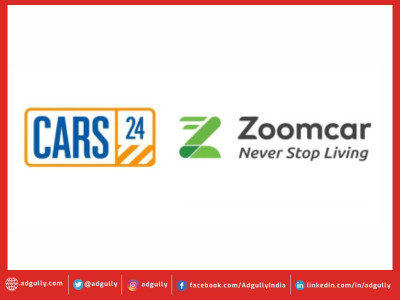



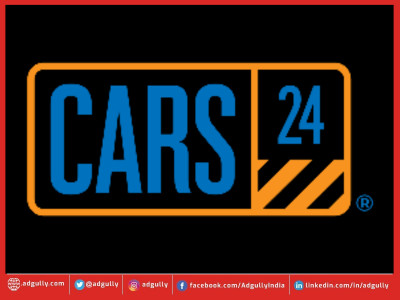
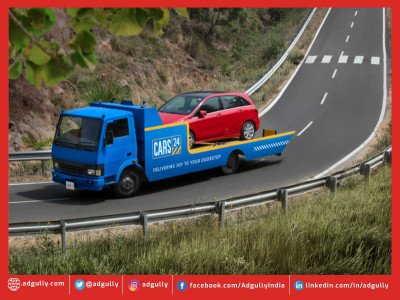


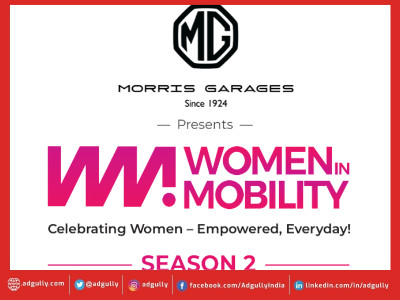


Share
Facebook
YouTube
Tweet
Twitter
LinkedIn